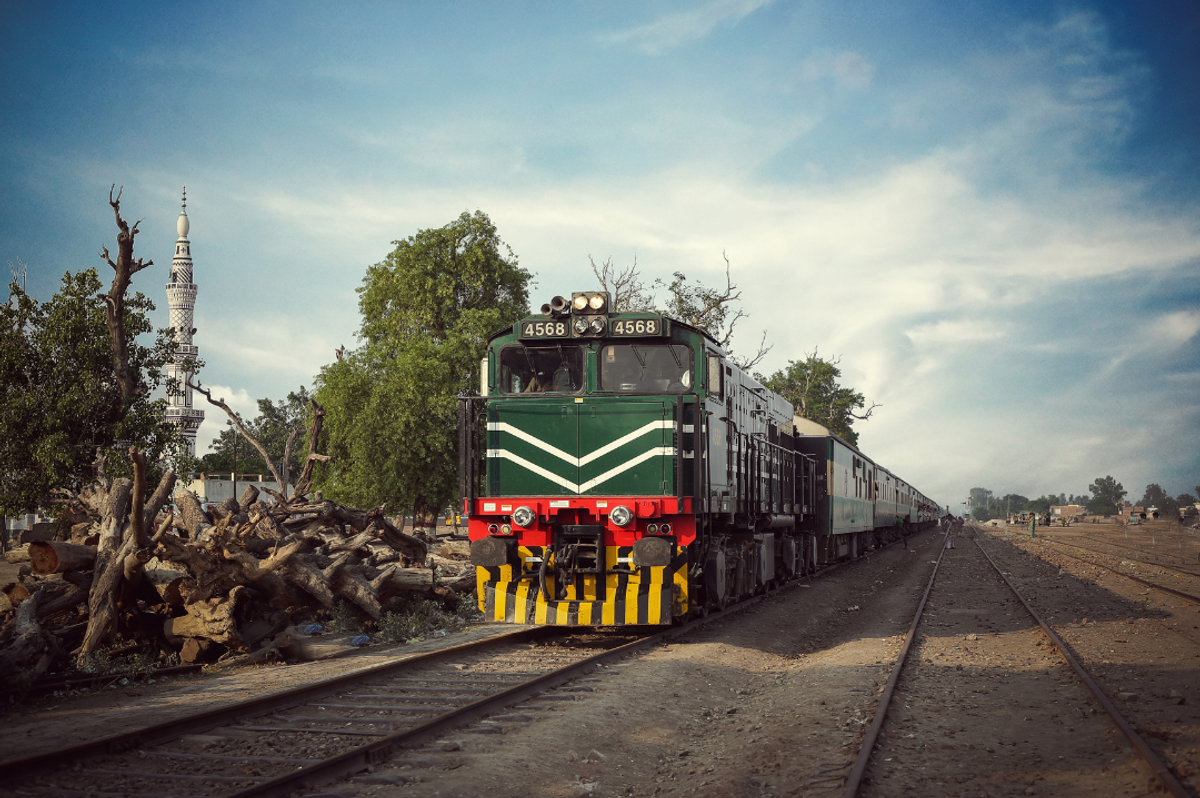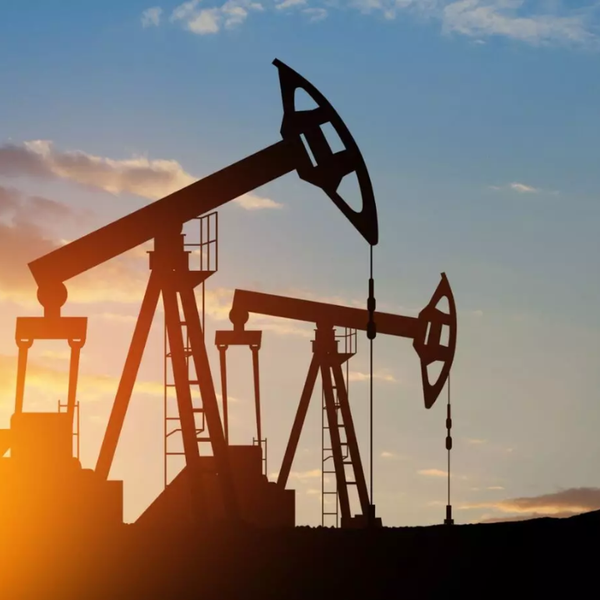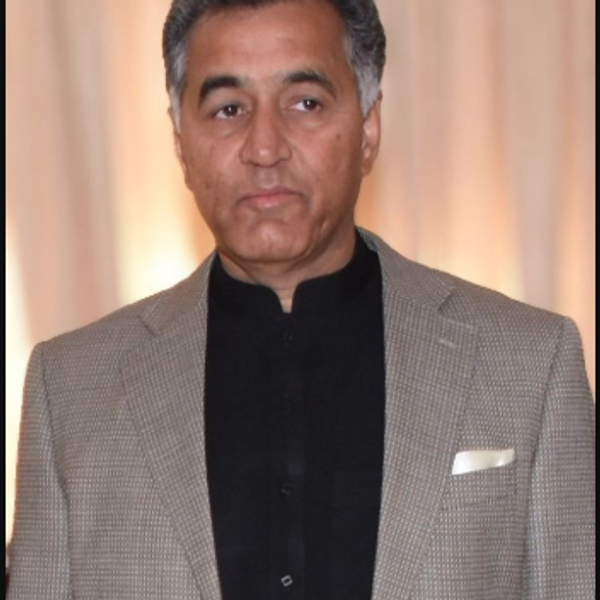Pakistan’s railway tracks found 87% obsolete as decades of neglect take toll
Parliamentary report warns Pakistan’s rail signaling, locomotives and rolling stock are in critical condition, endangering the network’s future

Javed Hussain
Correspondent
I have almost 20 years of experience in print, radio, and TV media. I started my career with "Daily Jang" after which I got the opportunity to work in FM 103, Radio Pakistan, News One, Ab Tak News, Dawn News TV, Dunya News, 92 News and regional channels Rohi TV, Apna Channel and Sach TV where I worked and gained experience in different areas of all three mediums. My journey from reporting to news anchor in these organisations was excellent. Now, I am working as a correspondent with Nukta in Islamabad, where I get the opportunity of in-depth journalism and storytelling while I am now covering parliamentary affairs, politics, and technology.

File photo of a Pakistan Railways train in motion on an aging track.
Nearly a century and a half after the first railway line was laid in what is now Pakistan, the country’s rail network is crumbling under decades of neglect.
A new parliamentary document has revealed that 87 percent of Pakistan Railways’ track is obsolete. At the same time, its signaling systems, locomotives, and rolling stock are also in critical condition, a situation raising alarm over the safety and future of the country’s rail transport.
Federal Minister for Railways Hanif Abbasi disclosed the findings to parliament, acknowledging that Pakistan Railways’ infrastructure is “sub-optimal” and warning that underinvestment has left one of South Asia’s oldest rail systems struggling to survive.
A network in decline
Pakistan’s railway system, established in 1861, has seen more decay than development in recent decades.
The document outlines that ML-1, the main north-south corridor stretching 3,110 km from Karachi to Peshawar and considered vital to the China-Pakistan Economic Corridor (CPEC), is 72% overdue for replacement.
Other key lines are in even worse shape: ML-2 (1,255 km, linking Kotri to Attock City) is 88% overdue, while ML-3 (991 km, connecting Rohri to Quetta and Taftan) is 92% overdue. The situation on branch lines spanning 3,840 km is dire, with 98% of the track requiring replacement.
To mitigate risks, speed restrictions have been imposed across large sections of the network. However, the report warns that without major investment, the current patchwork of safety measures may not be sustainable.
Obsolete signals, failing fleet
The crisis extends beyond tracks. More than 80% of the signaling system relies on outdated mechanical and relay-based technology, leaving operations vulnerable to theft, environmental damage, and frequent delays.
Rolling stock is similarly deteriorated. Of Pakistan Railways’ 1,634 passenger coaches, 1,183 have exceeded their 35-year economic lifespan, reducing operational availability to just over 1,000 coaches.
Freight operations fare no better: 6,823 out of 11,045 wagons have surpassed their 45-year life expectancy, leaving only 6,658 in service.
The locomotive fleet of 439 diesel-electric engines is also aging, with 233 units beyond their 20-year lifespan, resulting in an active fleet of just 294 engines to run both freight and passenger services.
Chronic underinvestment and policy neglect
The minister’s statement reflects how historical neglect has starved Pakistan Railways of resources. Over the last five years, rail’s share of the federal Public Sector Development Program (PSDP) was a mere PKR 153.09 billion - just 16% of the transport sector budget.
For the 2025-26 fiscal year, only 7% of Pakistan Railways’ revenue budget is allocated for asset sustainability - a figure barely enough to keep the system afloat. Nearly 90% of the budget is consumed by operating costs such as fuel, salaries, and pensions, leaving little room for modernization.
Abbasi admitted that the rail sector has long been sidelined in favor of road transport, resulting in an outdated network ill-equipped to meet modern demands.
The document calls for a “substantial increase in investment” to enhance operational efficiency, improve safety and provide reliable, modern services for passengers and cargo.







Comments
See what people are discussing